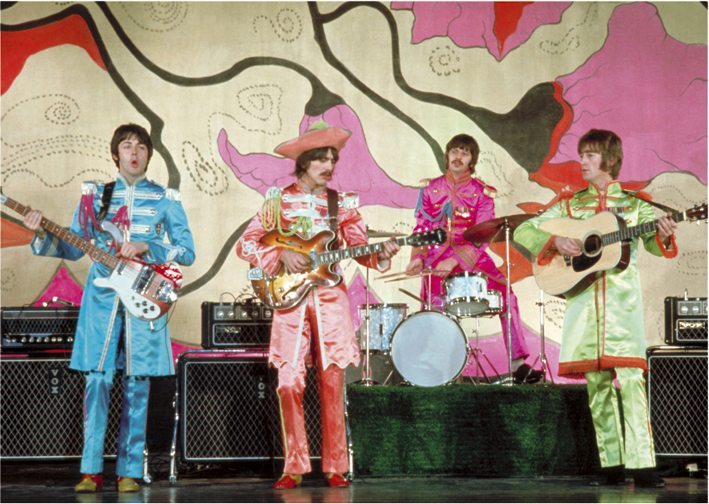
About the Song
A simple phrase, a complex moment—and a pop masterpiece that masked deeper change.
Released in November 1967, “Hello, Goodbye” might sound like a cheerful singalong on the surface—but like much of The Beatles’ later work, it carries more beneath the melody than first meets the ear. Crafted by Paul McCartney, the song became the A-side to a single backed with John Lennon’s haunting “I Am the Walrus,” and it went on to top charts around the world, including #1 in both the UK and the US.
At a time when the band was exploring the psychedelic, surreal, and spiritual, “Hello, Goodbye” stood out for its deceptive simplicity. The lyrics play with opposites—yes and no, stop and go, high and low—like a nursery rhyme for grown-ups. But behind that light tone is a real tension. The band was undergoing deep personal and artistic shifts in 1967. Brian Epstein, their longtime manager, had died just months earlier. Creative differences were brewing. And though McCartney insisted the song was just about duality and contradiction, Lennon was reportedly dismissive of it—seeing it as too safe, too commercial.
But none of that stopped the song from becoming an iconic part of the Beatles’ story. Its shimmering arrangement—a bright harpsichord, melodic bass lines, and Lennon’s harmonies tucked beneath McCartney’s lead—gave it an upbeat, almost whimsical energy. Yet many fans have since heard something more bittersweet in the tone. The “goodbye” feels like it lingers a bit longer than the “hello.”
In many ways, “Hello, Goodbye” is the perfect symbol of the late Beatles era: pop brilliance tinged with subtle sorrow, a beautiful mask worn just as the cracks in the group’s unity began to show. It remains one of Paul’s most enduring and instantly recognizable songs, and a reminder that sometimes the simplest words carry the most meaning.
You say goodbye…
And I say hello.